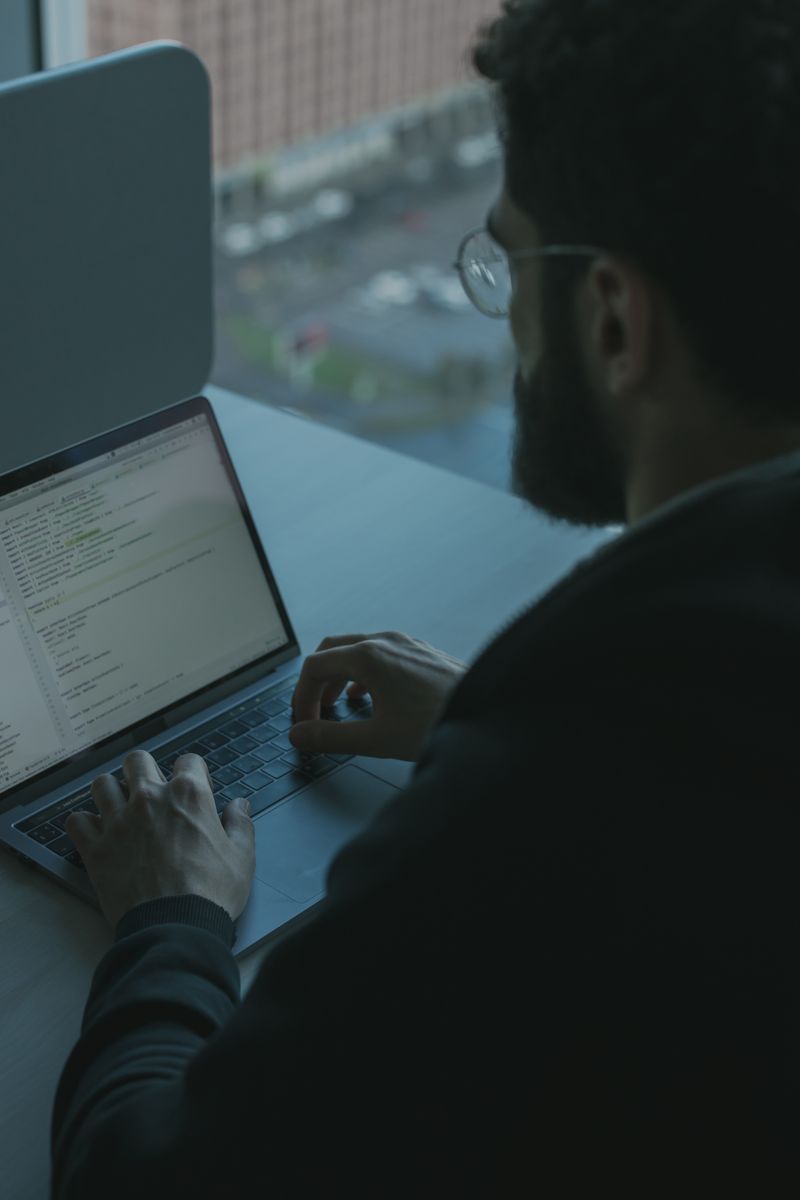The IT Professional’s Blueprint for Compliance: Aligning with Cybersecurity Frameworks
Introduction
In today’s interconnected world, where cyber threats loom large, businesses and organizations must prioritize the implementation of robust cybersecurity practices. This is especially true for IT professionals, who play a crucial role in safeguarding sensitive data and ensuring compliance with industry frameworks and regulatory requirements.
The Need for Compliance
Compliance with cybersecurity frameworks is of paramount importance as it helps organizations establish a baseline of security controls and best practices. It provides a structured approach to addressing cyber threats and ensures a proactive and comprehensive defense against potential attacks. By adhering to recognized frameworks, such as HIPAA, NIST, CIS-CSC, Essential Eight, and Cyber Essentials, IT professionals can effectively safeguard their organization’s critical assets and minimize the risk of data breaches and cyberattacks.
The HIPAA Framework
The Health Insurance Portability and Accountability Act (HIPAA) is a comprehensive framework that establishes standards for protecting individuals’ sensitive health information. IT professionals in the healthcare industry must ensure their systems, networks, and applications comply with HIPAA regulations to safeguard patient data. Implementing robust access controls, encrypting stored data, regularly conducting risk assessments, and maintaining proper audit logs are essential steps to achieve HIPAA compliance.
The NIST Framework
The National Institute of Standards and Technology (NIST) Cybersecurity Framework is widely recognized and followed by organizations worldwide. It provides a risk-based approach for organizations to manage and improve their cybersecurity posture. IT professionals can use the NIST framework to identify and categorize their organization’s assets, assess risks, detect and respond to threats, safeguard critical infrastructure, and continuously monitor their system’s security.
The CIS-CSC Framework
The Center for Internet Security Critical Security Controls (CIS-CSC) is a set of 20 actionable measures designed to provide organizations with guidance on cybersecurity best practices. IT professionals can leverage this framework to address common threats and vulnerabilities effectively. It includes key controls such as inventory and control of hardware assets, secure configurations for hardware and software, continuous vulnerability management, controlled use of administrative privileges, and monitoring and analysis of audit logs.
The Essential Eight Framework
The Essential Eight, developed by the Australian Cyber Security Centre (ACSC), provides organizations with eight essential mitigation strategies to prevent cyber threats. IT professionals can use this framework to prioritize the implementation of security controls that address the most common cyber threats. Measures such as application whitelisting, patching applications, restricting administrative privileges, and multi-factor authentication can significantly enhance an organization’s security posture.
The Cyber Essentials Framework
The Cyber Essentials framework, primarily used in the United Kingdom, is a government-backed program that helps organizations protect against common cyber threats. IT professionals can utilize the Cyber Essentials framework to implement fundamental cybersecurity controls, including boundary firewalls, secure configurations, access controls, malware protection, and patch management. Achieving Cyber Essentials certification demonstrates an organization’s commitment to cybersecurity and provides assurance to stakeholders and customers.
Editorial: The Ongoing Battle
It is crucial to recognize that cybersecurity is an ongoing battle and that compliance frameworks are continuously evolving to address emerging threats. IT professionals must stay abreast of the latest developments in the cybersecurity landscape, as well as industry-specific regulations, to ensure their organization’s security practices remain robust and effective.
Securing the Cloud and SQL Servers
With the increasing adoption of cloud services and reliance on SQL servers, IT professionals must pay extra attention to these areas. Securing cloud environments involves implementing strong access controls, regularly patching systems, encrypting data in transit and at rest, and monitoring for any anomalous activity. Similarly, securing SQL servers requires safeguarding against common vulnerabilities, regularly applying security patches, implementing strong authentication, and conducting regular audits to detect potential misconfigurations.
The Cybersecurity-Microsoft Connection
Microsoft plays a significant role in the cybersecurity landscape, providing a range of tools and services to help IT professionals secure their environments. Microsoft‘s Azure cloud platform offers robust security features, ensuring data privacy and compliance. Additionally, SQL Server comes equipped with various security measures, such as row-level security, dynamic data masking, and always encrypted technology, to protect sensitive data.
The Growing Threat Landscape
Cyberattacks continue to grow in sophistication and prevalence, making it imperative for IT professionals to remain vigilant. Attack vectors like ransomware, phishing, and zero-day exploits pose significant risks to organizations. IT professionals should prioritize employee education, regularly update security measures, conduct frequent vulnerability assessments, and perform comprehensive threat modeling exercises to fortify their defenses.
Conclusion: The IT Professional’s Imperative
IT professionals must recognize the critical role they play in ensuring their organization’s cybersecurity and compliance. By aligning with recognized frameworks such as HIPAA, NIST, CIS-CSC, Essential Eight, and Cyber Essentials, they can establish a strong foundation for protecting data and mitigating cyber threats. Regularly assessing and updating security measures, staying informed about emerging threats, and utilizing the right tools and services will be essential in maintaining a robust cybersecurity posture. Ultimately, it is the proactive and diligent efforts of IT professionals that can make a significant difference in safeguarding organizations from cyber threats in an increasingly interconnected world.

<< photo by cottonbro studio >>
The image is for illustrative purposes only and does not depict the actual situation.
You might want to read !
- Looney Tunables: Examining the New Linux Flaw and its Impact on Major Distributions
- How Can USPS Confront the Rising Threat of Snowballing Smishing Campaigns?
- The Rising Threat: How USPS Anchors Snowballing Smishing Campaigns
- Our Dependency on Cloudflare: Are We Putting Security at Risk?
- The Evolution of Cloud Security: Unveiling Sysdig’s Realtime Attack Graph
- The Critical Choice: How Your Cloud Provider Impacts Email Security
- The Expanding Reach of Russian Hacktivism: Impact on Organizations in Ukraine, EU, and US
- NATO Launches Investigation into Breach and Leaks of Internal Documents: Assessing the Impact and Response
- “Cybersecurity Struggles: CISOs Caught Between Ransomware Crisis and Looming Recession”
- The Rise of FreeWorld Ransomware: Microsoft SQL Servers Under Attack
- CLR SqlShell Malware Exploits MS SQL Servers for Crypto Mining and Ransomware
- Editorial Exploration: Qualcomm Patches 3 Zero-Days – A Critical Security Update
Output: Critical Security Update: Qualcomm Patches 3 Zero-Days Reported by Google
- Shattering the Linux Security Paradigm: Unmasking the Looney Tunables Flaw




